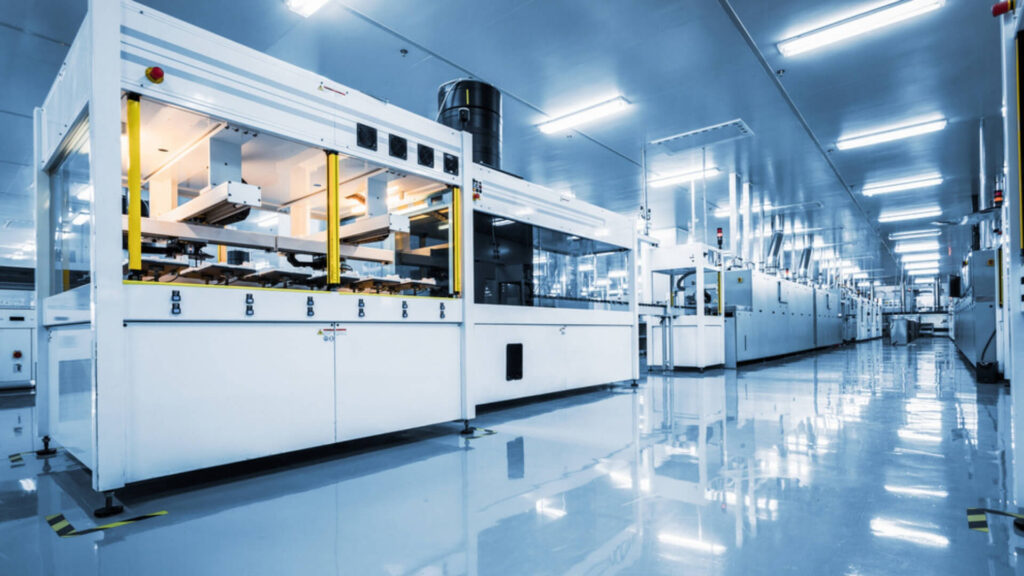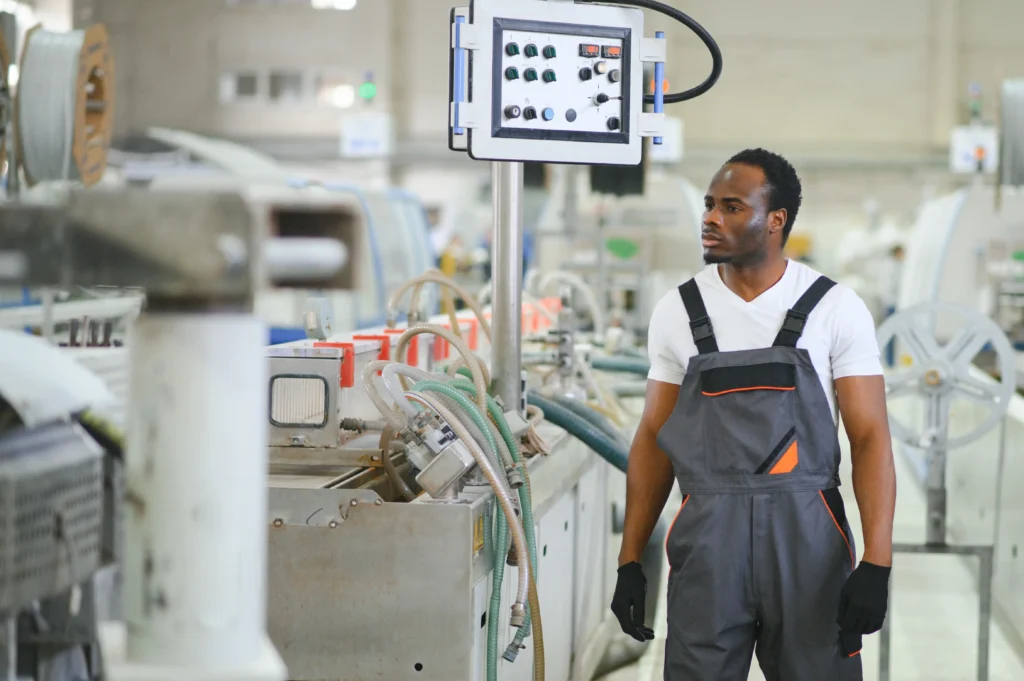Cleanroom manufacturing….
Production tool or sales tool?
According to Steve Bieszczat, Chief Marketing Officer at leading ERP software and real-time production monitoring system provider, DELMIAWorks cleanrooms serve as both.
Bieszczat hosted a webinar on Medical Product Outsourcing (which is available to view on demand). He shared his experience with three DELMIAWorks medical device manufacturers.
Acquired by Dassault Systèmes in the first quarter of 2019, DELMIAWorks was previously called IQMS EnterpriseIQ.
It has a strong history with medical device manufacturers. About 25% of DELMIAWorks’ customers work in this market.
Cleanrooms are laboratory facilities which are typically used by specialist manufacturers for products such as pharmaceuticals, medical devices and microprocessors.
They’re specifically designed to maintain extremely low levels of particulates, including dust, airborne organisms or vaporised particles.
Louis Columbus is a Principal and expert at DELMIAWorks. He wrote a blog post titled ‘Cleanroom Manufacturing Strategies That Pay’
“Plastics manufacturers are relying on and investing in cleanrooms to capture new customers and gain a greater share of revenues from existing accounts. Many are creating their business cases for creating a new cleanroom based on projected increases in production volume that require a cleanroom environment that is operating in compliance with regulatory and industry standards.
Cleanrooms are providing plastics manufacturers with an opportunity to differentiate themselves and charge a higher average machine rate per hour and higher average order markup while also providing short-notice, specialized production runs to their cleanroom customers. Those manufacturers with ISO 13485, FDA cGMP, and 21 CFR Part 11 compliance are selling their industry expertise, cleanroom availability, and compliance successfully to gain higher average machine rates and average machine hours”.
Bieszczat shows that cleanroom manufacturers can charge more for their products. One example is a manufacturer that charges a 30% premium. The more complex the compliance rules, the easier it is to win business.
How do you make sure you take advantage of cleanroom manufacturing in your business?
Method 1: make compliance certification pay and win new customers
According to the US-based Manufacturers Association for Plastics Processors (MAPP) 2019 Clean Room Survey, manufacturers were able to mark products produced in a cleanroom by 15% compared to those produced in an ‘open’ environment. Food and beverage container manufacturing was reported to achieve the highest machine rates per hour.
High performing processors were able to create significant levels of process and system standardisation throughout their supply chain, with compliance certification closely integrated with suppliers.
Method 2: prioritising audits to improve quality, scale, and visibility
Scheduling regular internal quality audits provides insights into operational efficiency not available anywhere else. Bieszczat recommends selecting a cross-functional internal auditing team and appointing a senior member of staff as champion.
Method 3: Closely tracking cleanroom costs to maintain profitability
A cleanroom never ‘sleeps’. Keeping close control of operating costs (electrical and utilities represent the highest percentage) has a significant impact on ROI.
There are costs for staffing and cleaning. This includes third-party cleaning services every two weeks. Other costs include waste disposal, maintenance, and repairs.
Bieszczat suggests considering separating cleanroom financial reporting from other parts of the business for greater visibility and closer control.
Method 4: Standardising on an integrated quality management system to reduce scrap rates, improve supplier quality
Due to the very nature of both sector and regulatory compliance requirements, cleanroom quality standards often require a higher level of operational accuracy, transparency, and traceability compared to open floor production environments.
Those manufacturers running a quality management system (QMS) is the ability to identify, understand and apply remedial action to why reject rates are high on one product versus another, plus how to reduce reject and scrap rates based on production and audit data.
During the webinar, Bieszczat cited evidence from Eldon James, who operates a 15,000 square foot, ISO Class 7 certified cleanroom that manufactures PVC-free products designed for the life sciences, bioprocess, biomedical, pharmaceutical and similar critical-use applications.
Eldon James reports that their integrated QMS has made a significant impact on on-time deliveries:
“On-time deliveries happened 50% of the time with siloed systems that didn’t communicate, and with DELMIAWorks integrated across operations, they soared to 98% – a jump of 96%. Reject rates plummeted from 30% to 2% as Quality Assurance had real-time monitoring to track where scrap was being produced in the production process”.
Method 5: Extending track-and-traceability multiple layers deep in their supply chains
Track-and-trace is essential for monitoring and managing supplier quality issues and preventing any larger quality challenges in the future.
Effective track-and-trace enables and improves visibility across cleanroom operations while essential for legislative compliance, for example, FDA 21 CFR Part 820.
For the highest performing cleanroom manufacturers, track-and-trace is also used as an effective means of staying competitive and being able to charge a premium price.
From an optimisation perspective, track-and-trace also increases inventory accuracy and forecasting, which in turn enables production planning to optimise cleanroom production.
Take advantage of DELMIAWorks for cleanroom manufacturing
IQMS will be rebranded as DELMIAWorks shortly, joining the stable of products which includes SOLIDWORKS. By bringing design and production together under one product set, medical device manufacturers and other businesses operating discrete and batch processes benefit from a seamless, cyclical process.
They’ll be able to move through design, simulation and release via SOLIDWORKS, to resource planning, BOM development, procurement, production and final shipment with DELMIAWorks making the whole operation more visible – from understanding current inventory levels and what the production schedules need to be to meet output.
All in all, manufacturers will be able to make better design and manufacturing decisions.
Contact us to learn more about DELMIAWorks and how it can help your business excel at cleanroom manufacturing.
You may also want to read more about DELMIAWorks ERP for medical devices.




